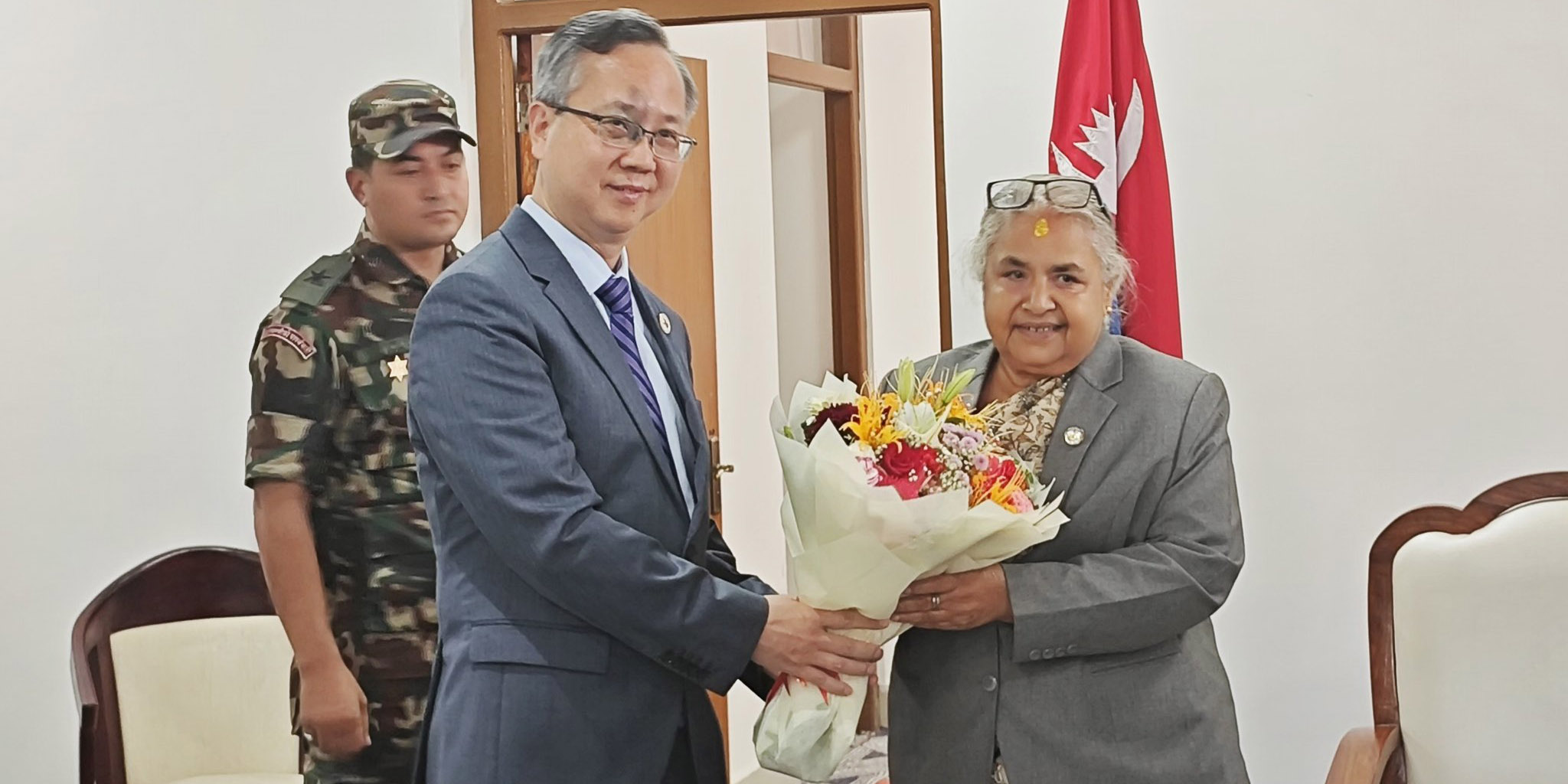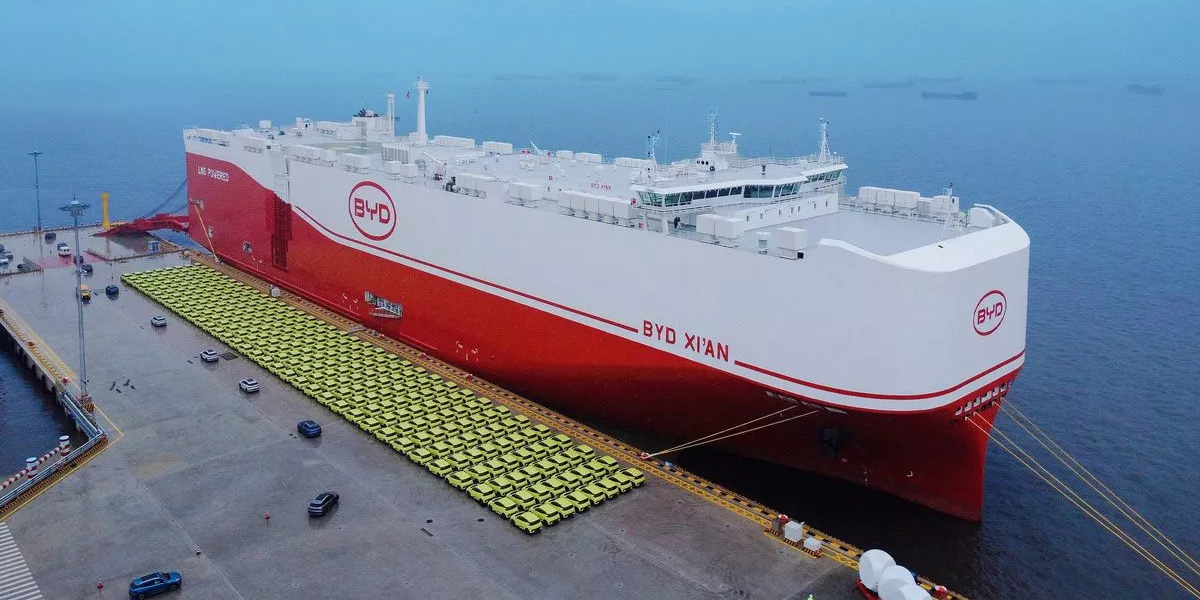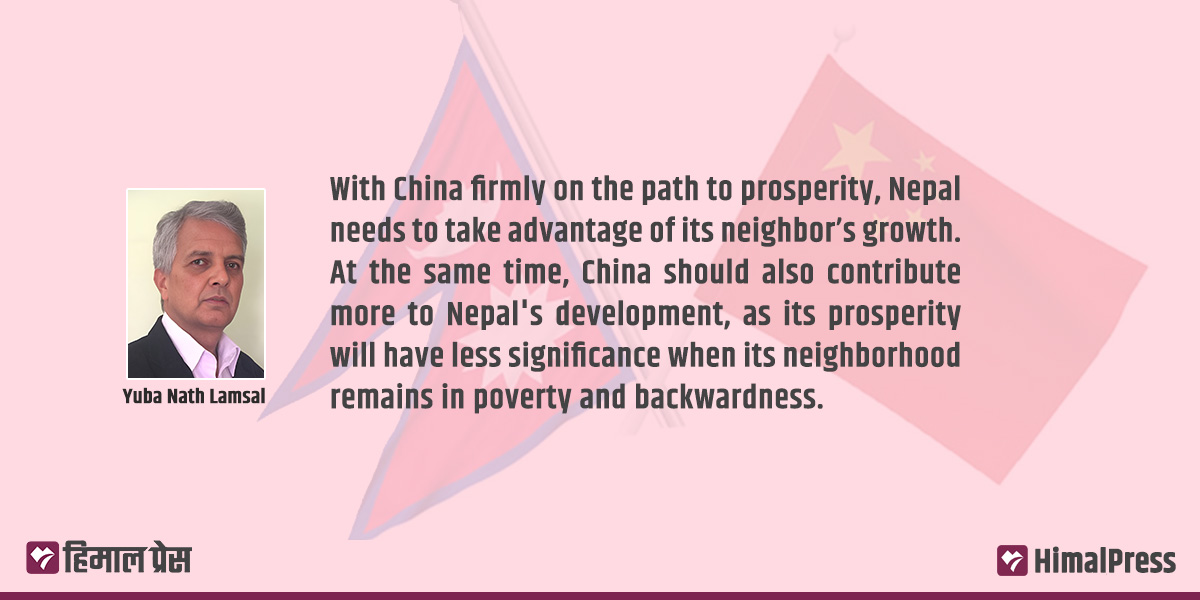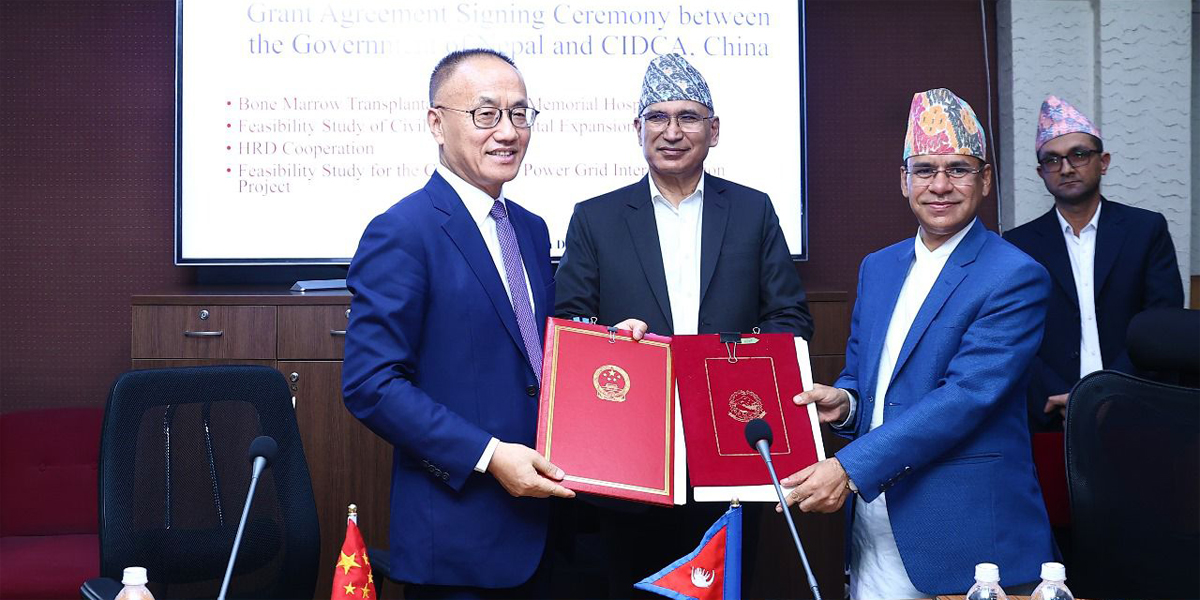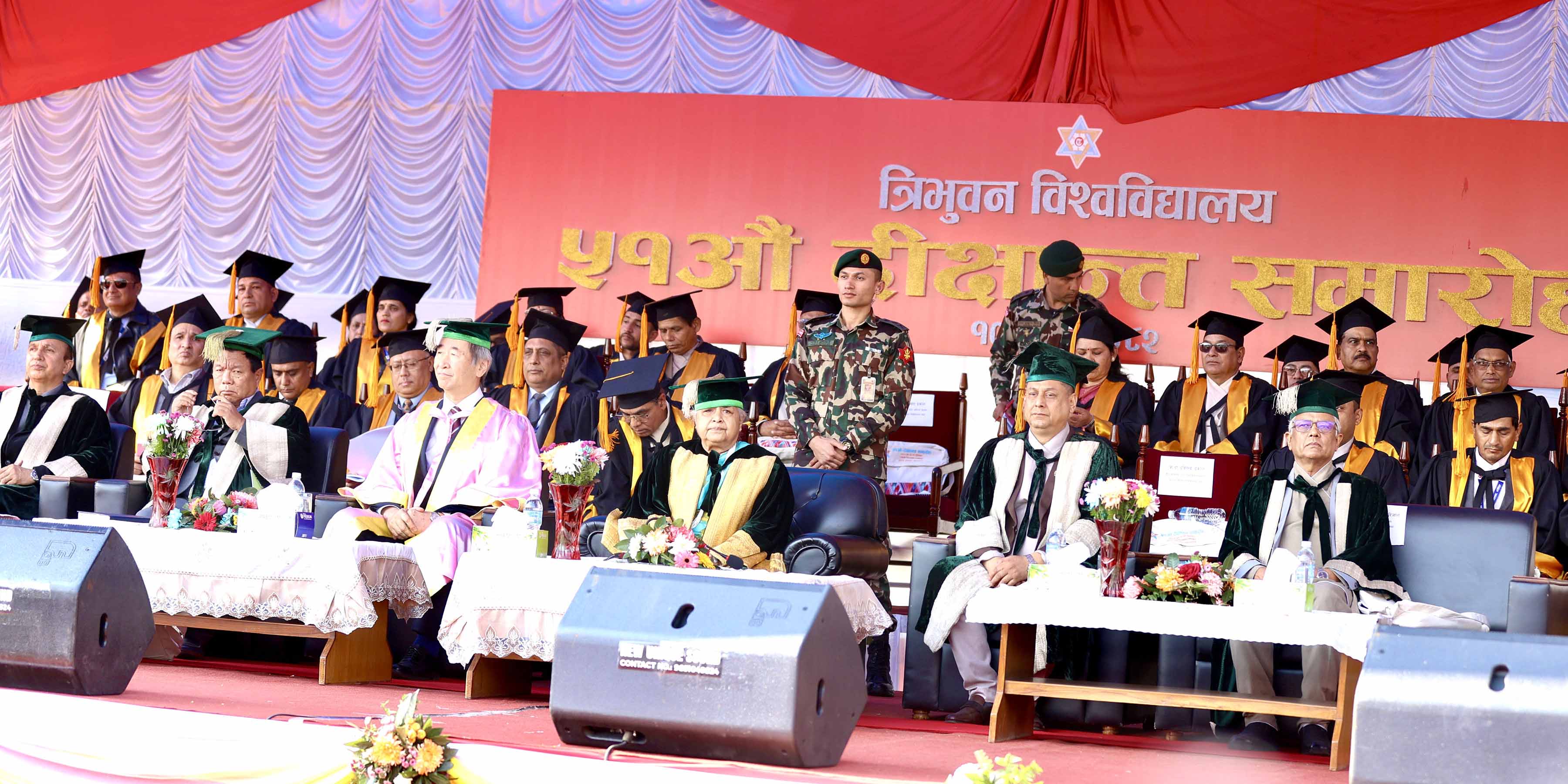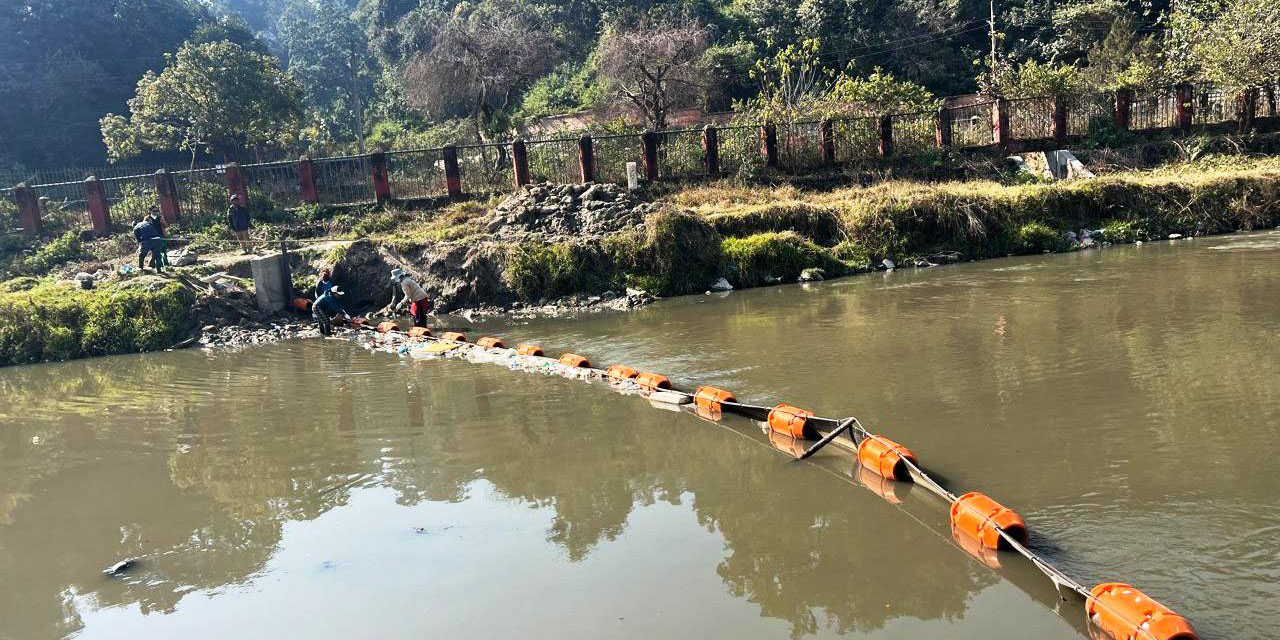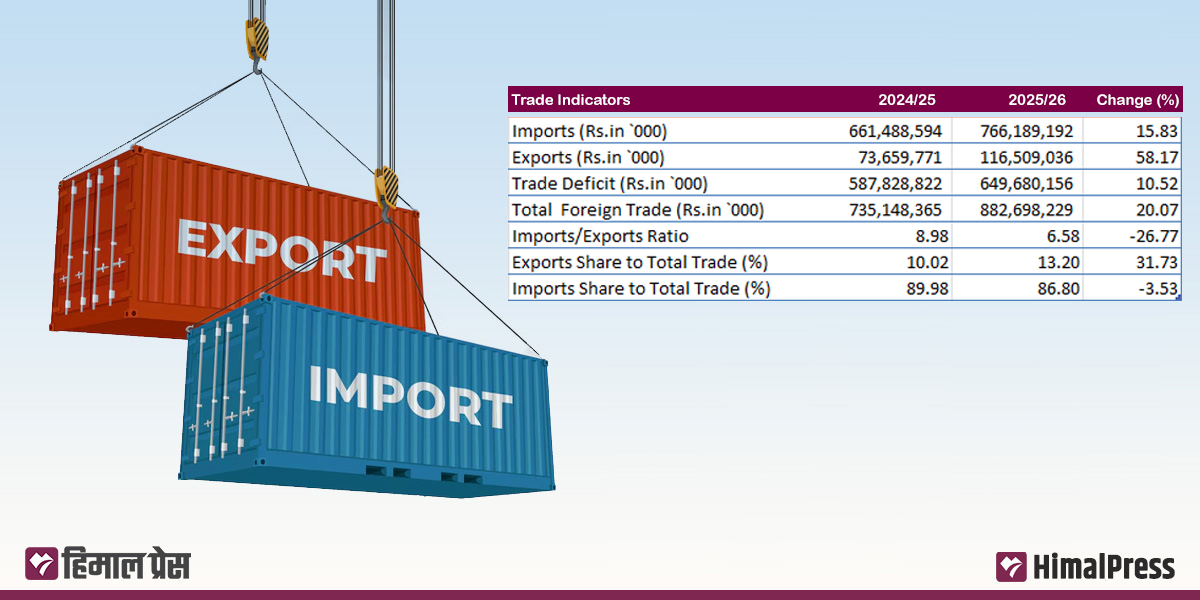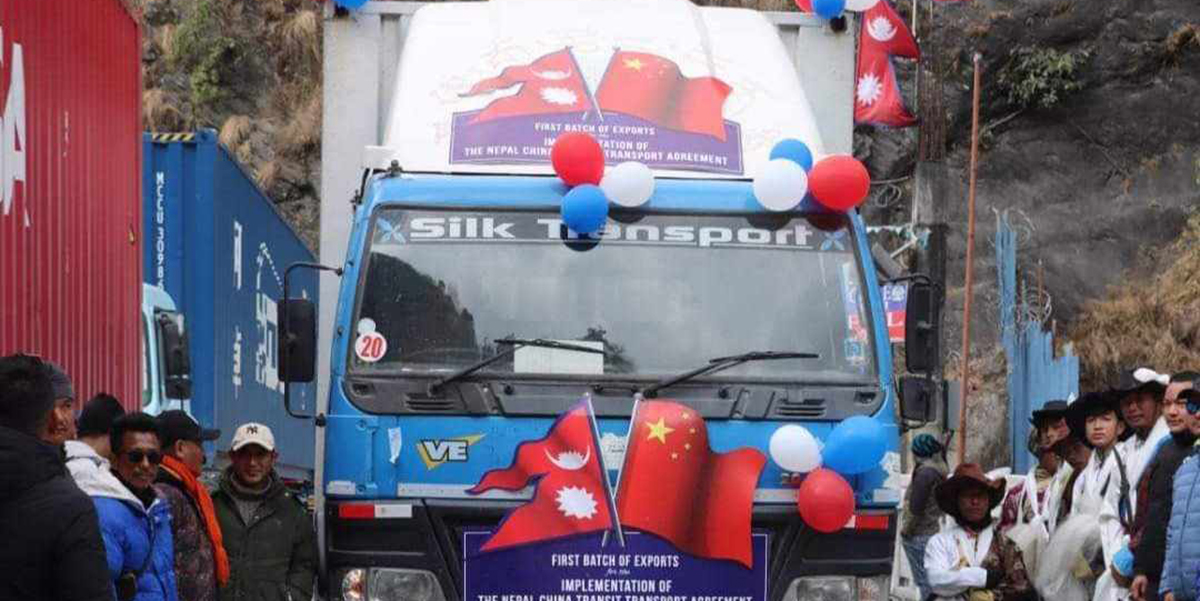
KATHMANDU: China has consistently been less accommodating in its trade relations with Nepal. As a least-developed country, Nepal has not been able to export even one percent of its total imports from China to the Chinese market.
The high tariff and non-tariff barriers imposed by China on Nepali exports have reduced China’s rhetoric about prioritizing relations with Nepal to mere political theatrics.
While China claims to embrace soft power, it does not maintain good relationships with any of its neighbors except Nepal. Tensions with Taiwan, which it claims as its own, and the blockade imposed on Mongolia have tarnished China’s image. In South Asia, India is challenging China’s economic influence.
Despite the exaggerated importance given to Nepal-China relations, often based on political ideology rather than balanced diplomacy, Nepal has failed to make economic benefits from China’s rise. Instead, China, which has developed as a global industrial hub in the last decade, has turned least developed countries like Nepal into dumping grounds for its products. Rather than supporting industrial development and exports, China’s approach to Nepal is driven by a commercial mindset focused on selling its own goods and draining foreign currency even from countries like Nepal. In this context, China’s rhetoric about trans-Himalayan connectivity networks serves merely as a strategy to entice Nepal, rather than a genuine commitment to mutual development.
Tariff and Non-tariff Barriers
Former Commerce Secretary Purushottam Ojha states that China has implemented complex quarantine standards on Nepali exports, effectively blocking their entry into the Chinese market.
Since 2009, China has announced duty-free and quota-free market access for over 8,000 items from least developed countries, ostensibly to support their economic stability and development through increased production and exports. However, this list includes items like aircraft parts that Nepal cannot produce, while ignoring the list of goods proposed by Nepal.
Until a few years ago, citrus fruits and buffalo meat were being exported to China easily. However, China later started producing these items on its won and blocked imports from Nepal by imposing complex quarantine and laboratory certification standards.
Govind Ghimire, an exporter, said even Nepal’s competitive agricultural and forest-based products, including Himalayan herbs and aromatic plants, face difficulties in entering the Chinese market. China has shown reluctance to establish a Mutual Recognition Agreement for product certification between Nepali and Chinese laboratories.
In fiscal year 2023/24, Nepal imported goods worth nearly Rs 300 billion from China, while exporting goods worth only Rs 2.5 billion. China’s unfavorable approach to trade balance with Nepal has turned the Nepali market into a dumping ground for Chinese products.
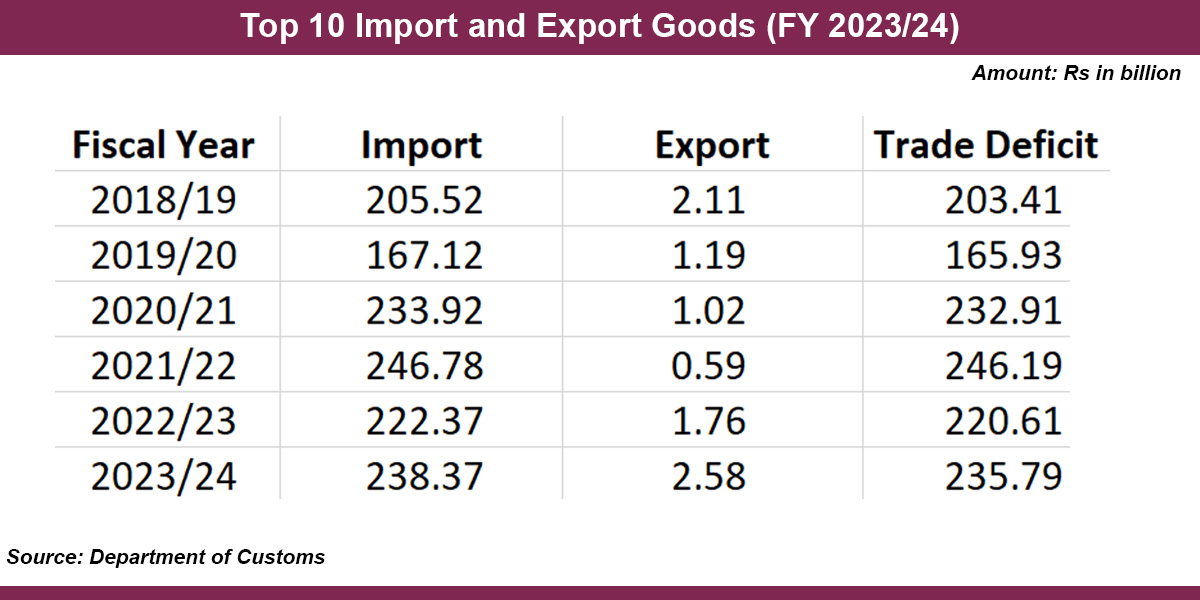
Proposal for Free Trade Agreement
Chinese products have unrestricted access to the Nepali market, even though it has occasionally imposed restrictions on Indian goods.
China proposed a free trade agreement to Nepal during KP Sharma Oli’s previous tenure as Prime Minister. This would allow Chinese goods to enter the Nepali market without any quality checks. China has tried to entice Nepal with promises of cross-Himalayan connectivity networks and economic prosperity.
China has a practice of pursuing its interests by providing personal benefits to political leaders or by enticing them. The Chinese loans for Pokhara International Airport and for the procurement of China-made aircraft are some examples of this. China had even proposed building a railway from Kerung to Kathmandu and later extending it to Lumbini.
International trade expert Ravi Shankar Sainju argues that Nepal should not enter into a free trade regime with China without increasing its production capacity through Chinese investment. “Chinese industries should establish factories in Nepal. China should build special economic zones in Nepal, and develop trans-Himalayan connectivity networks to facilitate easy and low-cost exports from Nepal to the Chinese market,” he said. “Otherwise, a free trade agreement between a highly competitive industrial producer like China and a country like Nepal would be suicidal.”
China proposed FTA with Nepal with a projection that a free trade agreement would expand Nepal’s GDP by almost 5%. However, a study by the Ministry of Industry, Commerce and Supplies indicated that without significant foreign investment from China, the Nepali economy could actually contract, with a 0.25% decrease in economic growth with tariffs and taxes reduced.
Moreover, the presence of cheap Chinese goods in the Nepali market could potentially devastate Nepal’s existing industries. While some trade, transit and payment facilitation agreements exist between Nepal and China, China has not allowed these agreements to be effective beyond serving its own interests. The bilateral trade facilitation committee between Nepal and Tibet region of China does not even meet regularly.
Despite agreements on various aspects of trade and payments, and a letter of exchange allowing 8,000 items duty-free and quota-free entry into China, their effectiveness remains minimal. China has shown reluctance to properly manage border crossings.
Trade through Tatopani border crossing has dried up since the 2015 earthquakes. China kept the border point closed for a long time, and even after reopening, issues with floods and landslides have made it unreliable. After COVID-19, China unilaterally closed the Kerung border, disrupting the supply line from China and causing huge losses for thousands of Nepali traders.
China took several years to construct a dry port in Larcha. The construction of a dry port in Timure, Rasuwa, which began in 2019, has not even achieved 50% physical progress, clearly indicating China’s lack of seriousness on border management and trade facilitation. Due to poorly managed land routes, a large portion of trade with China occurs via sea routes.
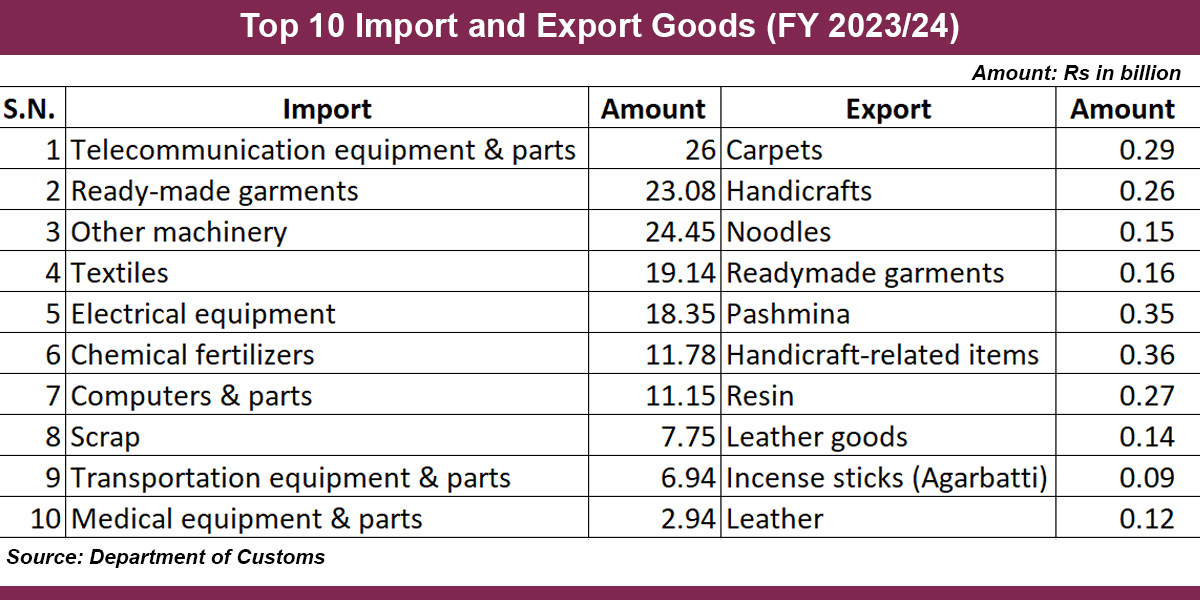
Transit Facilities: More Show than Substance
In 2016, Prime Minister KP Sharma Oli visited China amid Indian blockade and signed a transit agreement with China, establishing landlocked Nepal’s right to access the sea through China. China provided Nepal access to Tianjin, Shenzhen, Lianyungang, and Zhanjiang seaports, as well as three dry ports in Lanzhou, Lhasa, and Shigatse. However, it took more than five years to prepare and sign the protocol necessary to utilize these facilities.
Furthermore, while Nepal should be able to use its own trucks and containers to transport imported goods from the nearest port provided by China and to deliver export goods to these ports, China has restricted these rights to Chinese trucks and containers only. This renders the port usage facility provided by China largely symbolic and impractical.
Regarding the Belt and Road Initiative (BRI), Nepal has been seeking grants, while the Chinese side has been offering a small grant and technical assistance along with a large portion of loans. Former Finance Minister Prakash Sharan Mahat stated that with Nepal’s debt-to-GDP ratio already exceeding 42%, the country lacks the capacity to repay loans and cannot afford to take on more expensive debt.
Nepal and Tibet (China) have historic trade relations. The ancient trade routes of Kuti (now Nyalam) and Kerung were prevalent in trade with Tibet. China’s plan to revive the Silk Route through BRI should prioritize developing connectivity with its neighboring friendly nations. However, China has been pushing this ambitious project forward solely because of commercial benefits.
China is Nepal’s second-largest trading partner, exporting goods worth Rs 300 billion annually to Nepal. China’s unfavorable attitude towards the trade balance with Nepal and its profit-oriented behavior have led to criticism that China has lost its image as a good friendly power at the people’s level.

 Himal Press
Himal Press 
